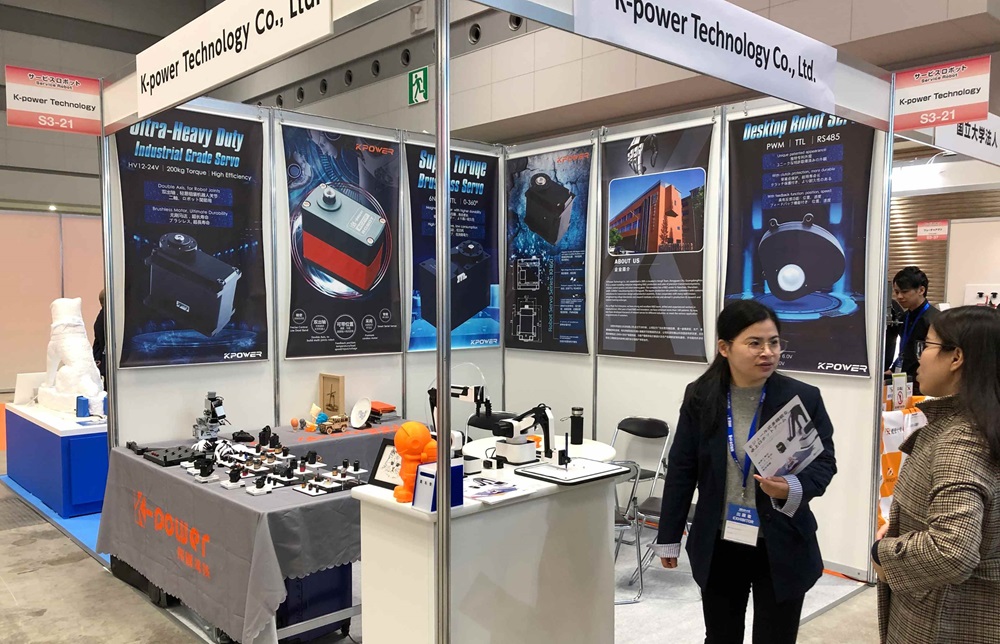Imagine a cloud of busy interfaces, flashing notifications, live data streams, all working in harmony — that’s what building event-driven microservices feels like. Sounds complex? Sure. But here’s the thing: mastering this architecture can turn your application into a sleek, resilient beast that responds instantly and scales effortlessly. It's kind of like tuning a high-performance engine, where every part plays its role in making the whole thing roar smoothly.

Now, if you’re diving into this realm, a comprehensive guide like the "Building Event Driven Microservices PDF" could be your best ally. It’s packed with insights, real-world examples, and practical steps that strip away the fluff. You get to see where to start, how to design your event schemas, and why choosing the right message broker isn't just a technical detail — it’s the backbone of your system. Whether it’s Kafka, RabbitMQ, or other brokers, each choice impacts latency, throughput, and even future scalability.
Ever pondered how deploying microservices with event-driven patterns boosts resilience? It’s simple. Unlike traditional monoliths that crumble under stress or bugs, microservices dance around failures, isolating problems. If one service hiccups, the rest carry on—no meltdown, no downtime. This isn’t just theory; it’s proven in high-demand industries. Think financial trading platforms or real-time sports stats feeds—no one can afford lag or crashes there.
But it’s more than the tech specs. The PDF digs into the philosophy behind event sourcing and CQRS—yes, those game-changers that help keep data consistent and queries lightning-fast. It’s like having a map in a dense forest; you avoid dead ends and know precisely where to go next. Plus, there's guidance on handling event versioning, ensuring your systems evolve without breaking the flow.
Questions come up, like: “Do I really need this whole event-driven setup?” Well, if your app needs to handle a big volume of data with low latency, then yes. If you’re building a platform that demands real-time updates, this pattern isn’t optional — it’s mandatory. And sure, it might sound intimidating at first, but with the right steps, you’ll see how that complex puzzle pieces itself together.
Think about the benefits — faster response times, better fault tolerance, easier maintenance. That’s the payoff. The PDF isn’t just a manual; it’s a toolkit that makes you think differently. You start seeing your systems not just as a collection of code, but as living, breathing entities that communicate through events.
So, in the end, it’s not just about implementing microservices — it’s about transforming your entire approach to building applications. And if you’ve got the guide that distills years of experience into digestible insights, you’ll save a lot of those “trial and error” moments. Because every decision counts on this journey, and knowing what works can be the difference between a brittle system and one that scales like a champion.
Established in 2005, Kpower has been dedicated to a professional compact motion unit manufacturer, headquartered in Dongguan, Guangdong Province, China. Leveraging innovations in modular drive technology, Kpower integrates high-performance motors, precision reducers, and multi-protocol control systems to provide efficient and customized smart drive system solutions. Kpower has delivered professional drive system solutions to over 500 enterprise clients globally with products covering various fields such as Smart Home Systems, Automatic Electronics, Robotics, Precision Agriculture, Drones, and Industrial Automation.




































